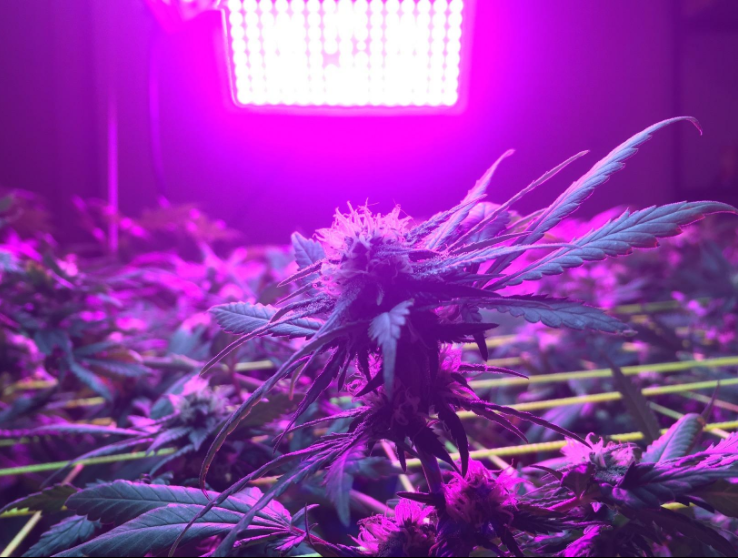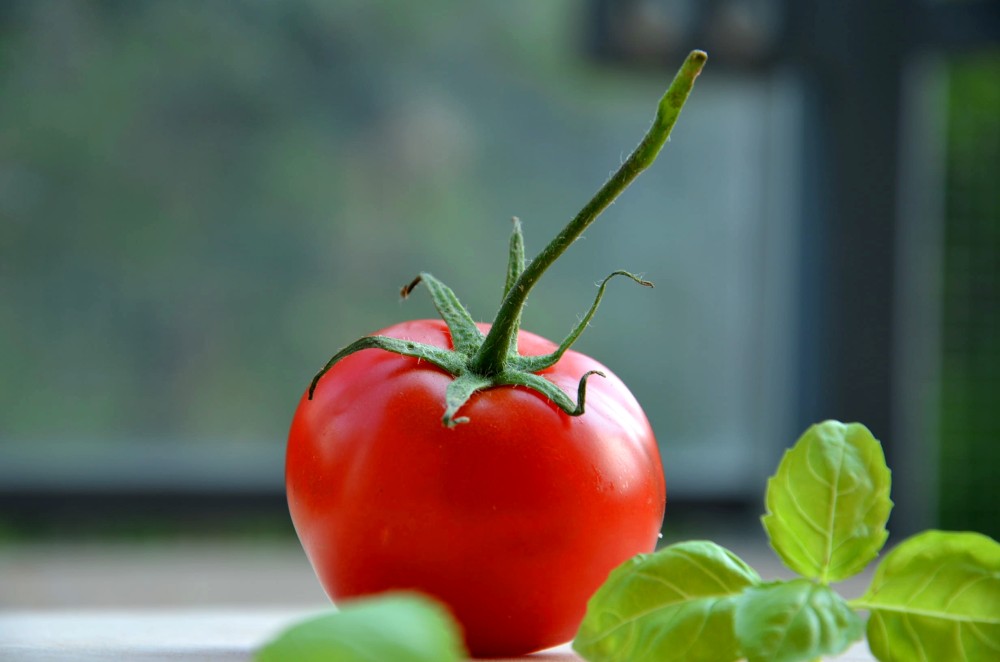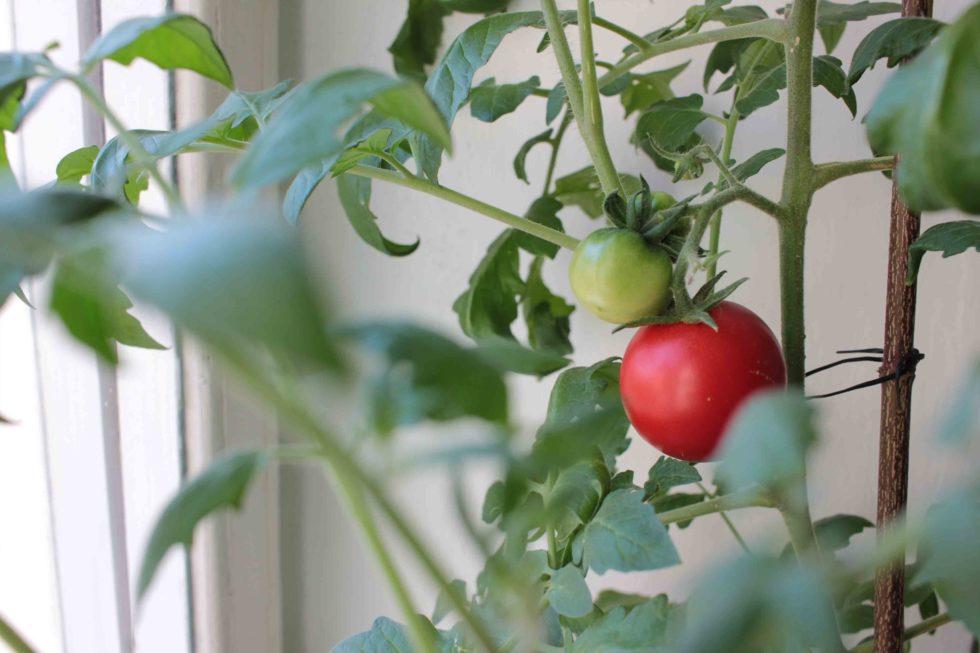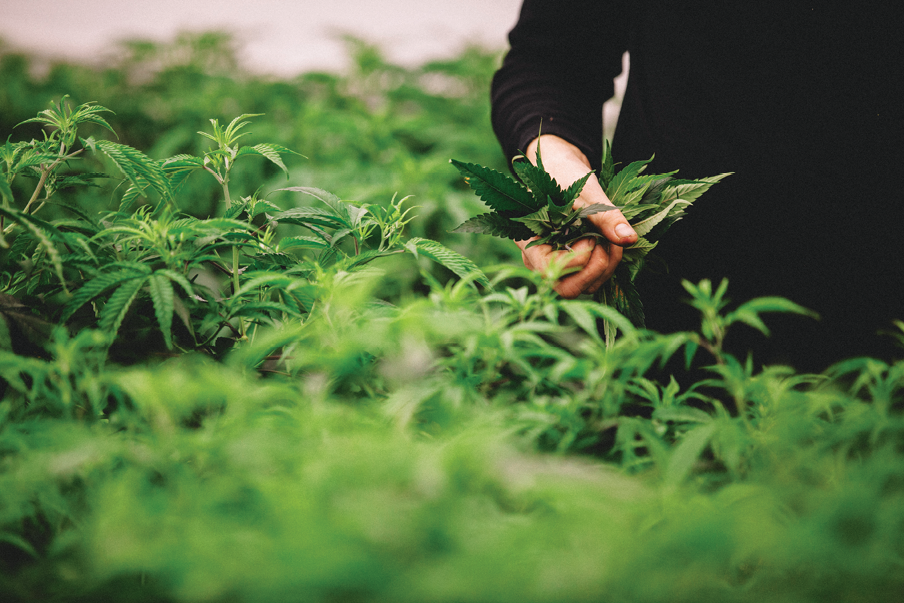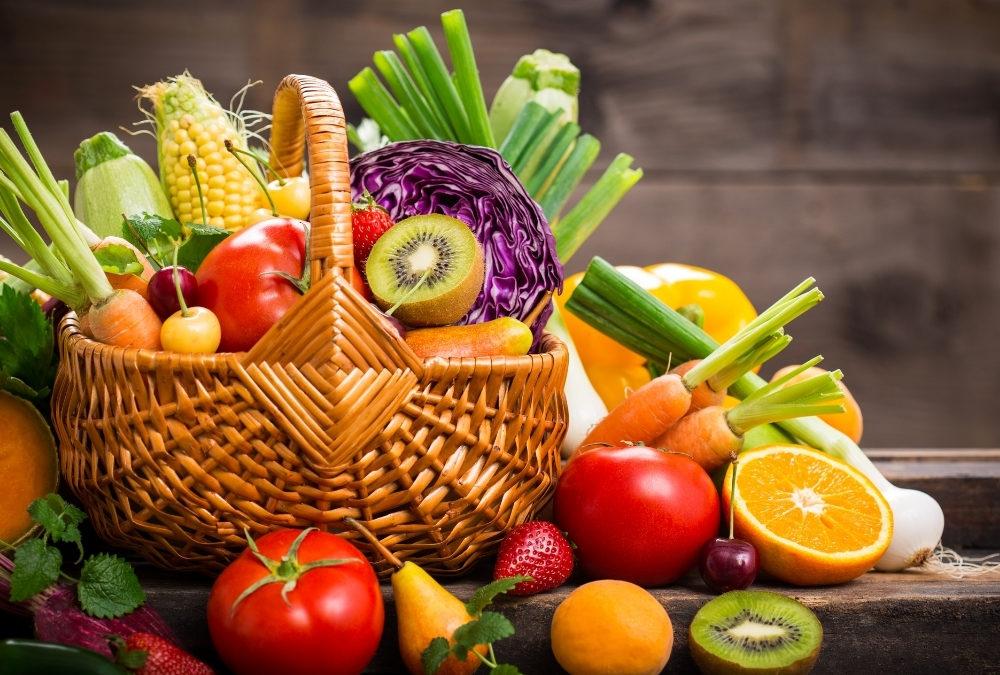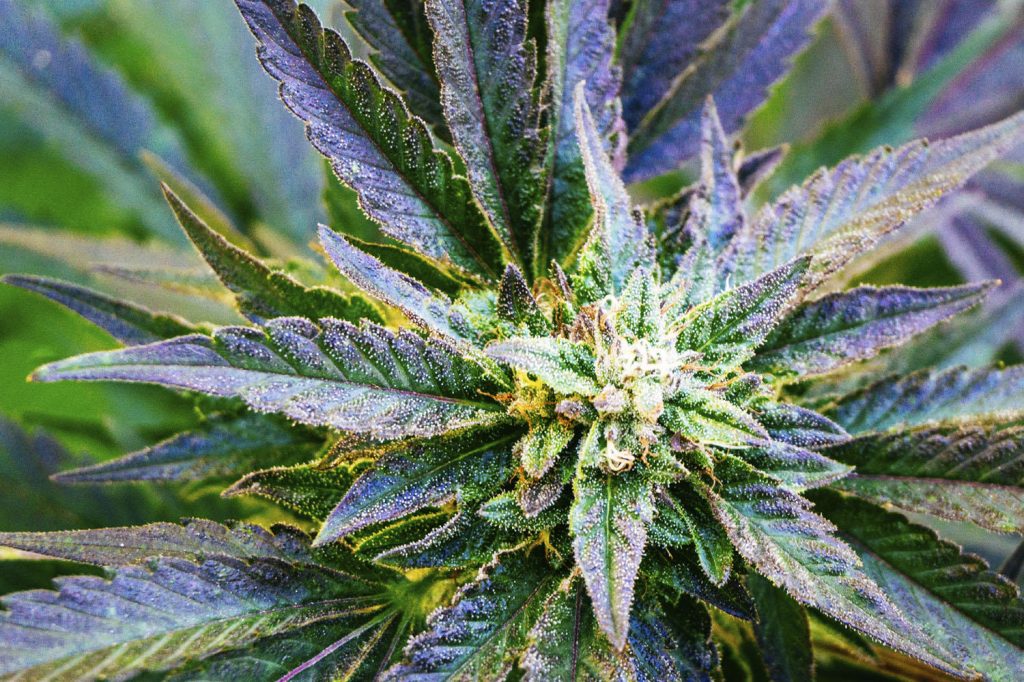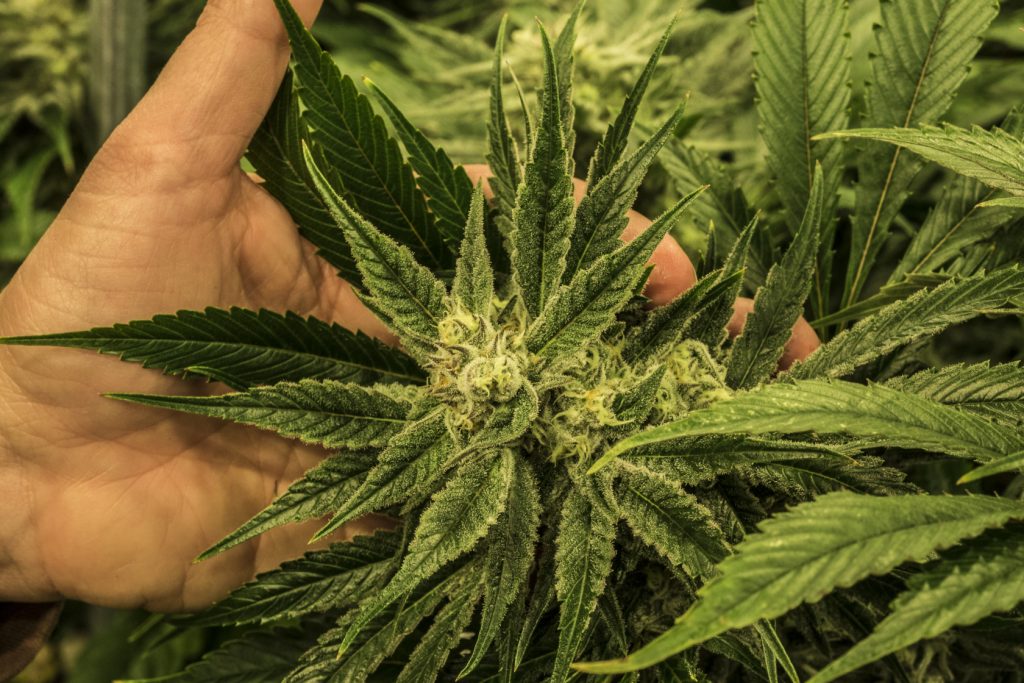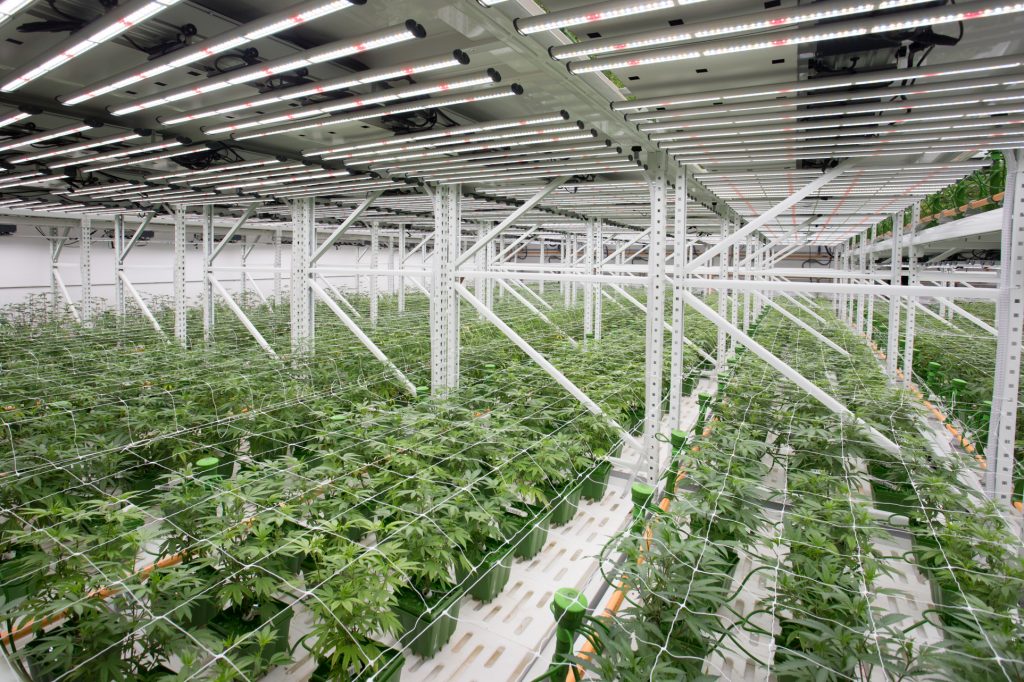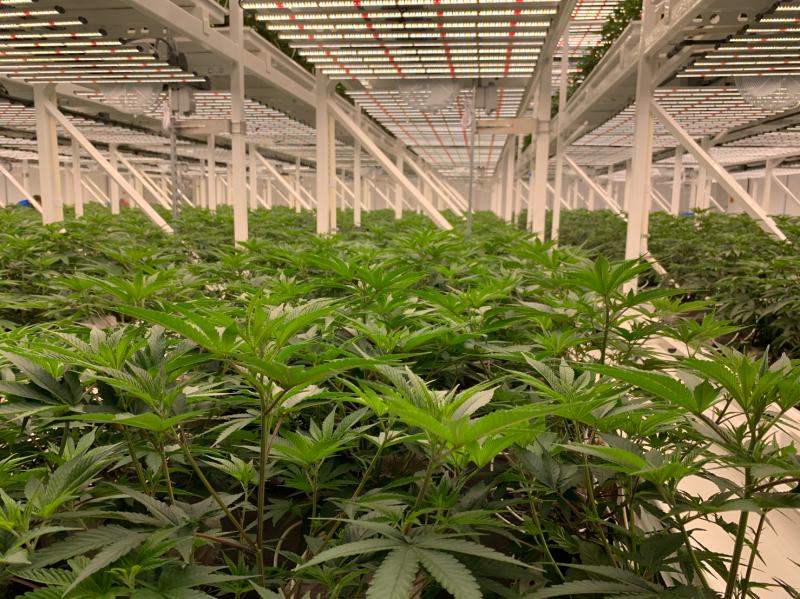Major Benefits Of LED Grow Lights
Over the past fifty years, the experienced grower has used innovation to accommodate the problematic by-products created by High Pressure Sodium (HPS) bulbs. To compensate for excessive heat, energy, and spectrum emissions from older grow light fixtures, growers are forced to invest in costly ventilation systems and let light dictate growth.
Luckily, this no longer has to be the case. With the same level of ingenuity, LED technology is continually being developed to address these difficulties. LED Grow Lights have been designed to maximize spectrum and coverage, while minimizing wasted energy and dangerous heat. These lights meet the needs of the crops, not the other way around.
Below is a quick list of why we at Aokairuisi Grow Team are excited to offer a wide selection of LED Grow Lights, and how they can improve a residential or commercial operation.
Controllable
Temperature: Because LED lights run significantly cooler than HPS equivalents, growers have greater control of the environment temperature, as well as the crop’s exposure to heat.
Spectrum: All our fixtures have been designed to emit the necessary spectrum for ideal plant absorption, rather than untargeted wavelengths common in HPS.
Stage Growth: Fixtures like our LED Panel Plant Grow Light Full Spectrum Commercial Indoor are built with switches that allow growers to adjust the brightness for the changing needs of their plants.
Space Needs: With compact construction and versatile hanging heights, our fixtures can adapt to limited space, or cover large operations.
Better for Environment and Community
Indoor plant cultivation is an energy-intensive industry. And as the door of the cannabis market continues to widen, greater demands are being placed on local utility companies and communities.
LED grow lights offer more targeted light solutions while consuming 50-70% less energy than standard practices. Operations that increase in energy-efficiency lessen the burden on surrounding communities.
Without compromising on quality brightness, LEDs also reduce the emission and use of harmful substances:
Less Heat: LEDs run cooler than HPS bulbs, not only streamlining ventilation process and costs, but also lowering environmental impact.
Less Chemicals: LED grow lights allow a highly controlled environment for plants, greatly reducing the need for pesticides and chemical treatments on plants.
No Mercury: With durable construction and guaranteed warranty, it should be a long time before growers consider replacing their LED fixtures. When the time comes, however, these lights are safe to throw away because they do not contain toxic mercury.
Better for Business
Every business aims to improve processes in order to cut losses and increase profits. For indoor cannabis growers, lighting makes up nearly 40% of energy costs. By investing in long-lasting LED fixtures, grow operations take large steps forward to improving the efficiency of their company. Aokairuisi Grow Team partners with growers by offering a quality line of grow lights and knowledgeable US-based customer service for any project.
Start enjoying the benefits of LED grow lights today!

